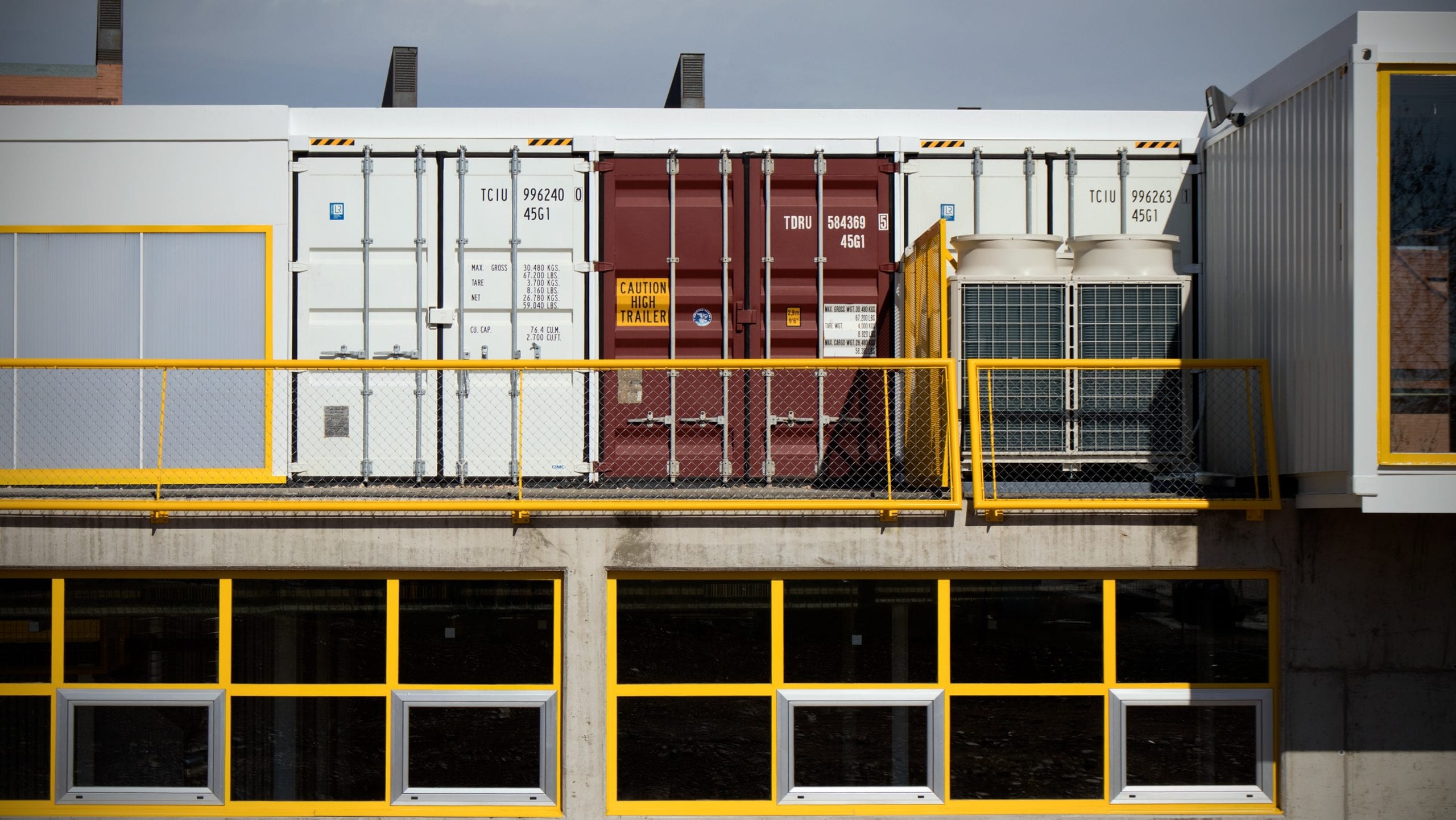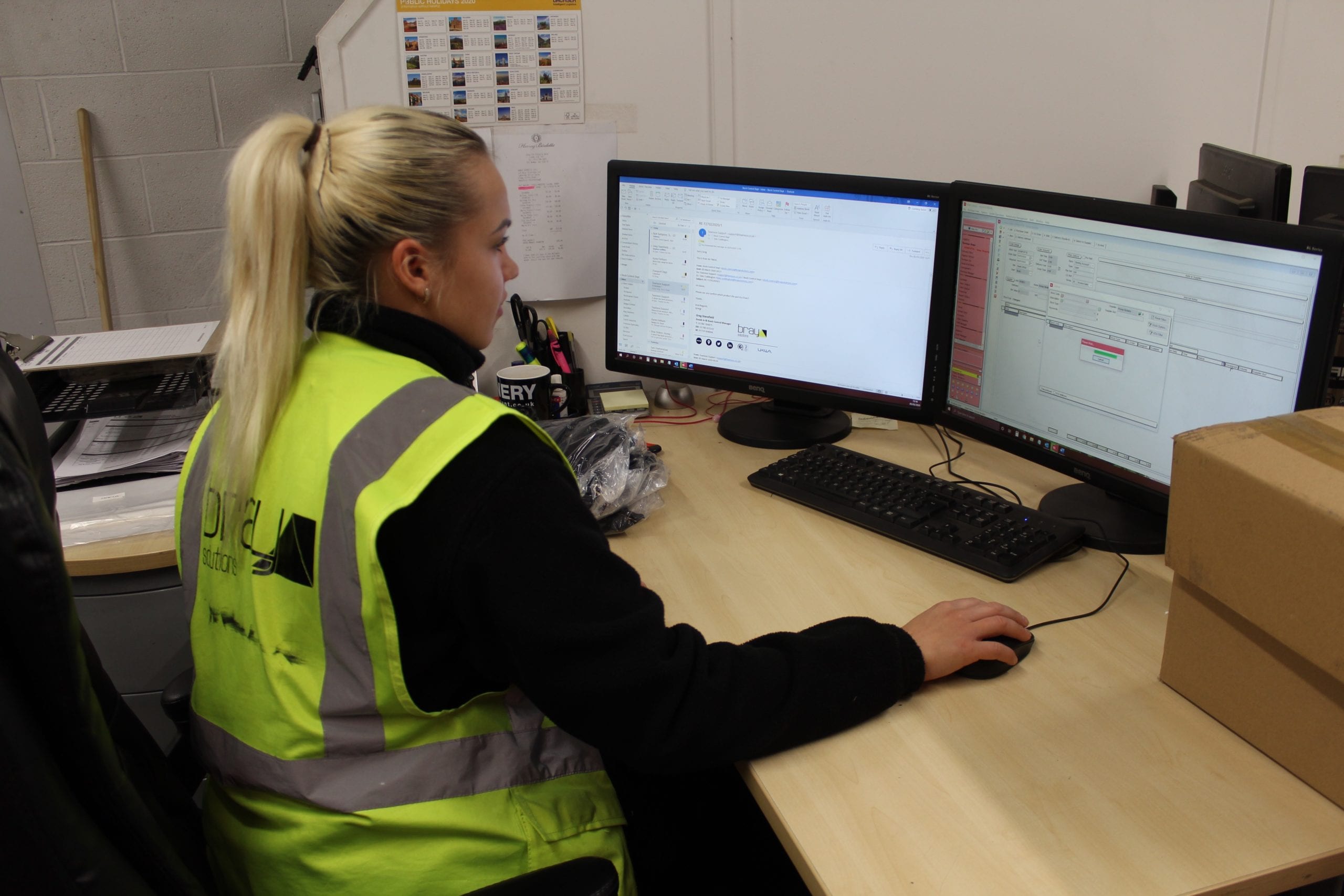
When COVID struck, it forced businesses to adapt faster than ever before. This change was supported wholly by the tech revolution of the past ten years, which allowed a vast majority of workers to start working from home almost immediately, but for those on the warehousing floor, it was a different matter altogether.
In fact, 61% of the jobs furloughed when COVID hit in early 2020 were those that were most vulnerable to automation (Fabian Society), and to account for those not able to be in the workplace, warehouses began to increasingly invest in automation, such as robotic process automation (RPA) and autonomous vehicles to cope with the lack of workforce able to be in the workplace at any one time.
Future-focused, this has enabled a great number of changes to occur within warehousing, as automation has opened doors previously kept shut. Automation allows for greater visibility in the industry, with in-depth data providing broader overviews of supply chains, which in turn highlights bottlenecks and areas to be optimized.
But not only that, it enables 3PL providers to offer better rates to small and larger shippers, saving time and profit margins. It even lowers the environmental impact in some cases. These improved logistics also allow warehouses to introduce energy-saving initiatives such as lights-out warehousing, which required less staff and thus less lighting.
It will be key however for automation to be balanced with the human factor. Human Insights are always needed to develop strong relationships with those along the supply chain. Tech is powerful when used wisely, but it becomes challenging and unruly without knowledgeable guiding hands.
This is where Automation shows its true strength in allowing the evolution of work. With a move away from the menial, Automation has the potential to open a whole new type of work. Jobs that require new skills, but challenge minds in different ways. Tapping into the creative and bigger picture. Not only that, it can release the pressure of human error, and create better accuracy.
Of course, there are also a number of additional business benefits from automation, including:
Perhaps the biggest downside to the introduction of Automation within warehousing is the human impact. With the rapid introduction of automated technology due to COVID, it means 1.5 million workers are at a higher risk of being pushed out of the industry they’ve spent their whole lives in (ONS). What happens to these now out of work citizens?
Whilst keeping in mind the impact of Automation on human lives in the present workplace, and the potential impact on the social system, Automation will play a key role in the next industrial revolution. Changing the way we live and work forever.







We integrate with a number of different systems.
Get in touch to find out how we can help.